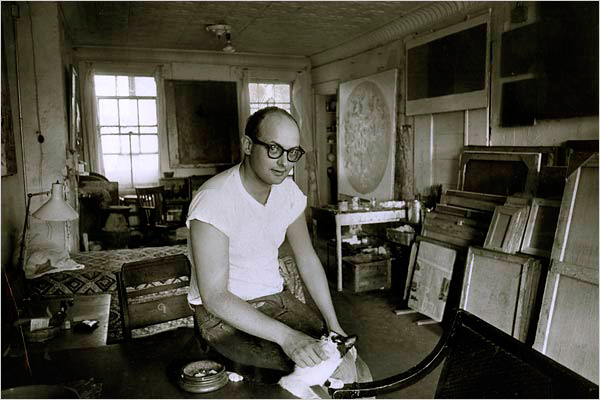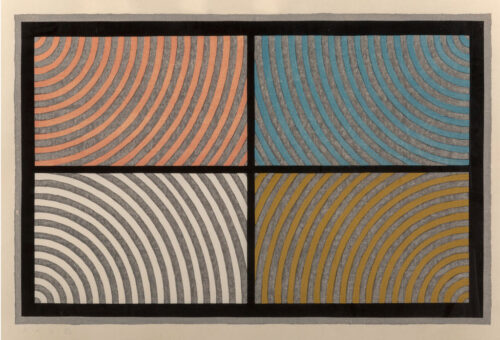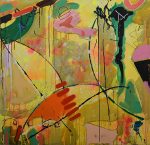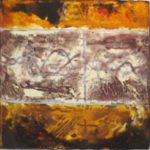
Sol LeWitt was born on September 9th, 1928 in Hartford, Connecticut to Eastern European immigrants. LeWitt received a BFA from Syracuse University in 1949 (where he made his first prints) and then was drafted in the Korean War in 1951. During his service, he made posters for the Special Services and spent time in Japan, where he bought the first works that became the basis of a large personal art collection. In 1953, he moved to New York City, where he studied at the Cartoonists and Illustrators School (now the School of Visual Arts) and worked for Seventeen Magazine, making paste-ups, mechanicals and Photostats. He was then hired as a graphic designer in I.M. Pei’s architecture firm.
Sol LeWitt earned a place in the history of art for his leading role in the Conceptual movement. His belief in the artist as a generator of ideas was instrumental in the transition from the modern to the postmodern era. Conceptual art, expounded by LeWitt as an intellectual, pragmatic act, added a new dimension to the artist’s role that was distinctly separate from the romantic nature of Abstract Expressionism.
LeWitt believed the idea itself could be the work of art, and maintained that, like an architect who creates a blueprint for a building and then turns the project over to a construction crew, an artist should be able to conceive of a work and then either delegate its actual production to others or perhaps even never make it at all. LeWitt’s work ranged from sculpture, painting, and drawing to almost exclusively conceptual pieces that existed only as ideas or elements of the artistic process itself.
Although conservative critics tended to view LeWitt’s work with derision and contempt, many underwent a conversion after viewing the 1978 retrospective held at The Museum of Modern Art. This well- curated exhibition led LeWitt himself to reconsider his work and explore new techniques. As a consequence, other shapes began to figure more prominently in his wall drawings, which also started to incorporate elements of Optical, or Op, Art. Sol LeWitt’s work can be seen in the permanent collections of the Metropolitan Museum of Art, NY, MoMA, The Whitney Museum of American Art, The Philadelphia Museum of Art, MASS MoCA, the Seattle Art Museum and many more.







